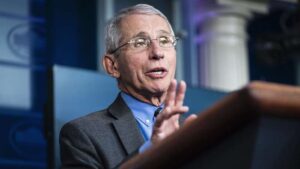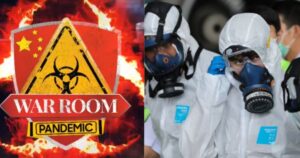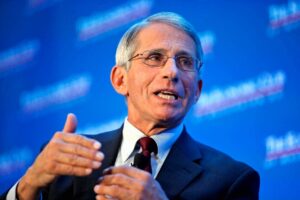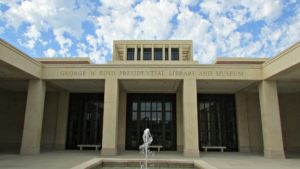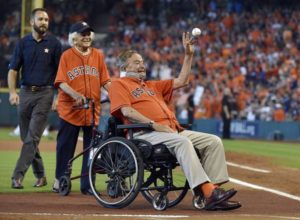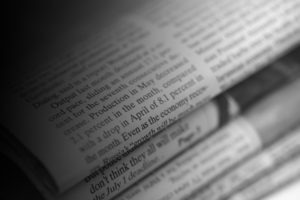
They used to urge us to “join the Army and see the world.” I saw part of the world back in the old days, but a career in print journalism allowed me to see a whole lot more of it.
For that I am grateful.
While working as editorial page editor for the Beaumont Enterprise and the Amarillo Globe-News in Texas, I belonged to a group called the National Conference of Editorial Writers. NCEW no longer exists as it did in its heyday, given the dramatically changing media world these days.
However, when it flourished, it enabled its members to embark on factfinding trips abroad. I was privileged to attend three of them.
I’ll share some of those memories.
In 1989, we embarked on a three-week journey to Southeast Asia. It began in San Francisco for a briefing from experts in the region. We flew off to Bangkok, Thailand. We visited with government officials and took in our share of sights to see.
Then we jetted off to Hanoi, Vietnam. The United States and Vietnam had not yet established diplomatic relations, so we had extra pressure to be on our best behavior while touring Hanoi. We later flew to Ho Chi Minh City (which the locals still refer to as “Saigon”). The differences between those two cities was remarkable in the extreme. Hanoi was dark, dingy and a bit foreboding; Saigon was, well, quite the opposite.
After touring Saigon, we boarded a plane for Phnom Penh, Cambodia. That leg of the trip produced some remarkable discovery for us. Vietnam had invaded Cambodia a decade earlier, occupied the country, and then revealed to the world the atrocities that occurred in Cambodia under the vicious rule of the Khmer Rouge, led by Pol Pot. We saw up close killing fields, torture chambers and talked to survivors of one of the 20th century’s most hideous examples of genocide.
We caravanned back to Saigon and spent Thanksgiving 1989 in a hotel dining room eating a meal prepared by our hosts to honor their American visitors and helping us celebrate our uniquely American holiday.
I will have more to say about one additional leg of that trip later. Spoiler alert: It involves a return to the place where I had served in the Army two decades earlier. That, dear reader, was a cathartic event!
A decade later, in 1997, I participated in an NCEW trip to Mexico City. It was a much shorter excursion, but it was eventful indeed.
We talked to officials about bilateral relations between the United States and Mexico. We watched the Folklorico Ballet, one of those colorful entertainment events I’ve ever seen.
We also had an audience at Los Pinos, the presidential mansion, with Mexican President Ernesto Zedillo. That was an event that, shall we say, taxed my ability to hold it together. I had consumed some water that I should not have consumed. I was getting sick, rapidly, while we awaited the president.
President Zedillo greeted us, welcomed us to a conference room and chatted with us individually. I told him my name and said I was from Amarillo, Texas. He was somehow smitten by the idea I came from Texas. He wanted to chat a little longer about life in Amarillo.
Meanwhile, I my body temperature was spiking as I fought to resist the oncoming sickness that would befall me later that day.
I got through it. Thankfully.
In 2004 I was able to return to Southeast Asia with another NCEW delegation. The mission on that journey was to discuss the HIV/AIDS crisis in Asia.
We attended the International Conference on AIDS in Bangkok, visited with American health officials there, became acquainted with medical professionals from Africa and Asia.
We returned to Cambodia, where I was struck by how far that country had come from my earlier visit in 1989. We talked to more professionals involved with HIV/AIDS prevention and control.
Then we jetted off to Delhi, India, where we learned of how India is grappling with the HIV/AIDS crisis. We took a day trip to Mumbai, where we sat on the floor of a house visiting with prostitutes who had become infected with the virus.
Yes, it was an eye-opener.
There were other overseas journeys I was able to take while working as journalist: to Greece, Cyprus and Taiwan. I wanted to highlight the NCEW ventures because of my association with a professional organization that helped me grow as a journalist.
I mention this because my career produced many “times of my life.” That I was able to see so much of the world while pursuing a craft I enjoyed fully has filled me with memories that will last a lifetime.

